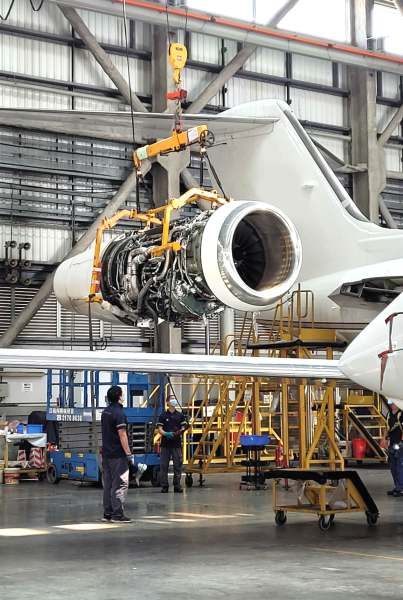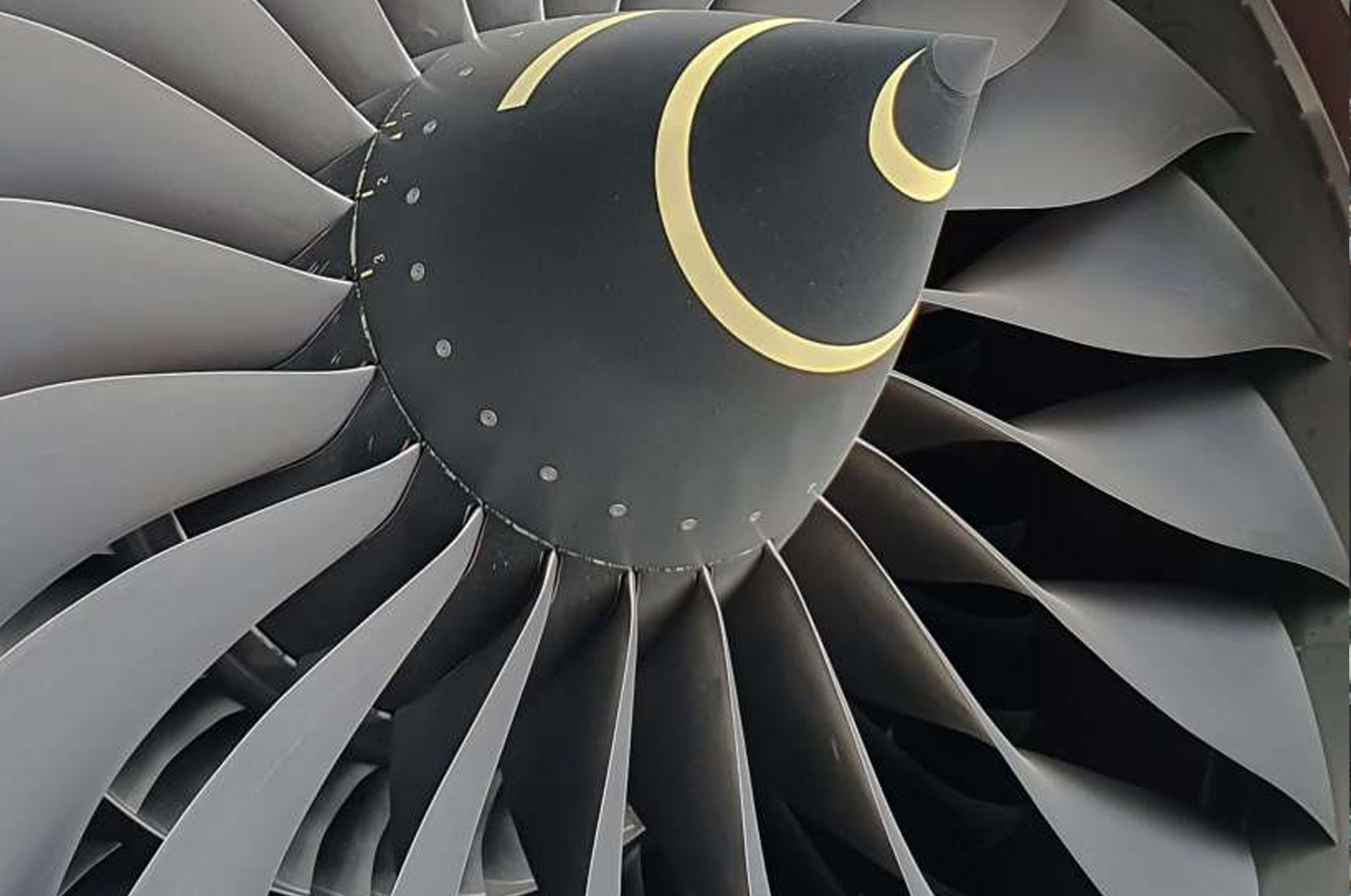While maintaining some spare parts may prove helpful, critical spare parts perform an essential role in manufacturing environments because their absence can bring operations to a standstill. The global MRO market was valued at $660 billion in 2020 and is expected to grow by 1.5 percent by 2023.
Air carriers around the world are facing extreme financial pressures and are Acutting capacity at unparalleled rates in the absence of meaningful passenger demand. Some airlines have shut down completely, a portion of these may never return. There is an effort to reopen the economy and Transportation Security Administration statistics are showing a slight move upward in the number of travelers screened at airports, but ticket sales took a hit after COVID-19 cases surged around the world recently.
Given that some regions of the world have been emerging from the COVID-19 pandemic sooner than others, their airlines have been more aggressive in restoring planes to service. For instance, in response to rising domestic air travel numbers, Chinese airlines have put back into service 91 percent of the aircraft they sent to storage, meaning the øeet is quickly approaching pre-COVID levels. But while demand has revived, there are new viral outbreaks that the Chinese government will have to contain to keep business growing.
In contrast, North America a region that has not contained the virus yet has restored only 46 percent. Even so, the region’s aircraft are seeing very low utilization, given the uncertain conditions and sporadic demand. Most aircraft returning to service are narrow-bodies. This reflects their current popularity with airlines because of cost efficiency.
They also tend to dominate domestic travel, which is the first market segment that is showing signs of recovery. In contrast to wide-bodies, there have also been significantly fewer announcements on early narrow-body retirements by airlines.
Based on Oliver Wyman modelling, domestic air travel would not match 2019 levels until mid-2022. International travel is not expected to match 2019 totals until mid-2023.
The global MRO market is growing at a CAGR of 1.72% and was expected to sustain the growth rate in attaining a market value of $660 billion by 2020. The market is expected to grow at a CAGR of 1.5 percent by the end of 2023 (Beroe Advantage Procurement).
North America and Europe are highly mature markets with the highest penetration of global distributors. On the other hand, markets in the Asia Paciöc (APAC) and the Middle East and Africa (MEA) are showing medium and low maturity levels respectively.
Similarly, both the North American and European MRO markets also possess high growth potential in terms of adoption of modern business models, e-procurement, increased outsourcing levels, and vendor consolidation.
Insight into the aftermarket services industry Industrial manufacturers are steadily providing more aftermarket services the broad category that includes the sale and delivery of maintenance, spare parts and other value-added services. And the same is true in the aerospace and defense sector, where MRO primarily comprise the aftermarket services industry. According to Deloitte, the major factors driving many manufacturers to seek new aftermarket
services revenue opportunities include:
1 – Changes in customer demands
2 – Increasing market maturity
3 – Cyclical fluctuations in new equipment sales
4 – Pressure on pricing
 This shift appears to be taking place as more customers are emphasizing service-level agreements that guarantee product uptime. Customers are looking for service providers who can proactively support their equipment before it is out of service and they’re willing to pay a price premium in return.
This shift appears to be taking place as more customers are emphasizing service-level agreements that guarantee product uptime. Customers are looking for service providers who can proactively support their equipment before it is out of service and they’re willing to pay a price premium in return.
The global commercial aircraft aftermarket parts market size was valued at $28.7 billion in 2017 and is anticipated to grow at a CAGR of 6.6% during the forecast period. The market includes activities required for maintenance of commercial aircrafts after initial sale till the end of its lifecycle. Moreover, the market supplies components such as MRO parts, spare parts, rotable replacement parts, spare parts, accessories, lubricants and appearance
products required in repair and maintenance of commercial aircrafts (Polaris Market Research).
The demand for commercial aircraft aftermarket parts products has increased owing to growing need to maintain and repair aircrafts in order to increase longevity and address safety concerns. Growing airline fleets as well as increasing demand for replaceable components among others drive the growth of the commercial aircraft aftermarket parts industry. The major driving factors of the market include growing aviation industry, and increasing manufacturing of aircraft components. The growing need for proper maintenance, upgrade, and repair of commercial aircrafts for enhanced safety and efficiency supports the growth of the commercial aircraft aftermarket parts industry. The increasing air traffic, and renewal of aircraft fleet further increase the need for periodic repairs and replacements of aircraft parts. Increasing average age of commercial aircrafts also encourages companies
to maintain their fleet.
Martynas Balsys, Sales Team Lead at Magnetic MRO explains how the MRO spare parts market has been affected by Covid-19 and which are the most asked for parts by airlines in the industry in an email interview.
Importance of critical spare parts and components
Considering the importance critical spare parts play in maintaining efficient manufacturing and industrial production today, every manager dreads costly ‘down time’ caused by insufficient or inadequate inventory supply measures.
MRO spares play an important role in ensuring smoothly flowing production environments. Today, many brands of industrial equipment require the availability of speciöc replacement parts and supplies. Spares generally fall into two broad categories: repairable and consumable items.
“MRO Spare parts and components stands for all parts that aircraft carries itself, including but not limited to landing gears, APUs and other assets. Our main focus is on Airbus A320 and B737 family spare parts and components.
We have extensive nose-to-tail knowledge of these aircraft and we can implement our experience in order to provide best solution for parts & components supply,” says Balsys.
The biggest demand is for parts which have shelf life. For example, A320 family batteries as these must be changed between 6 and 9 months, according to Balsys.











